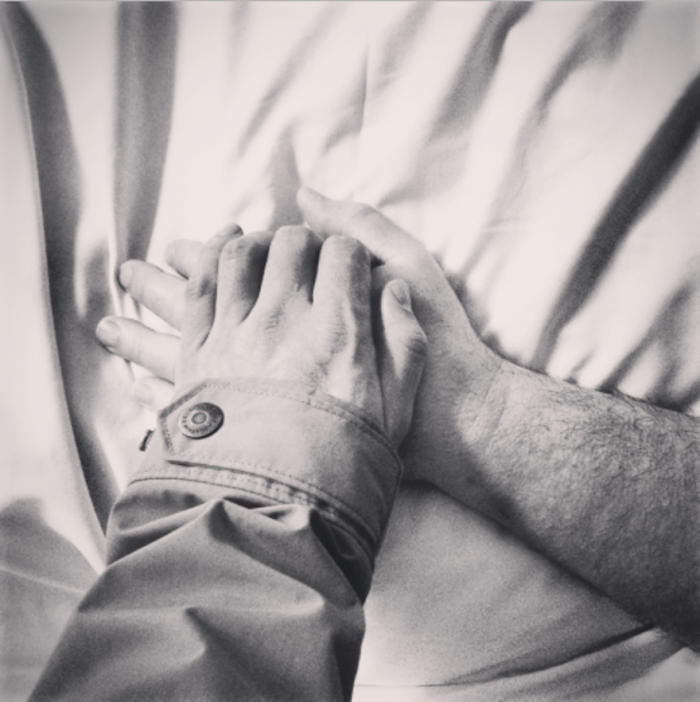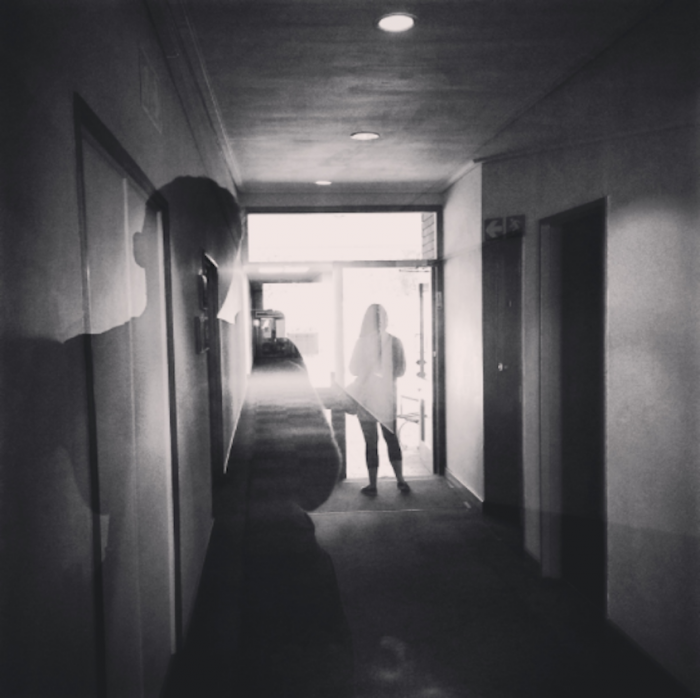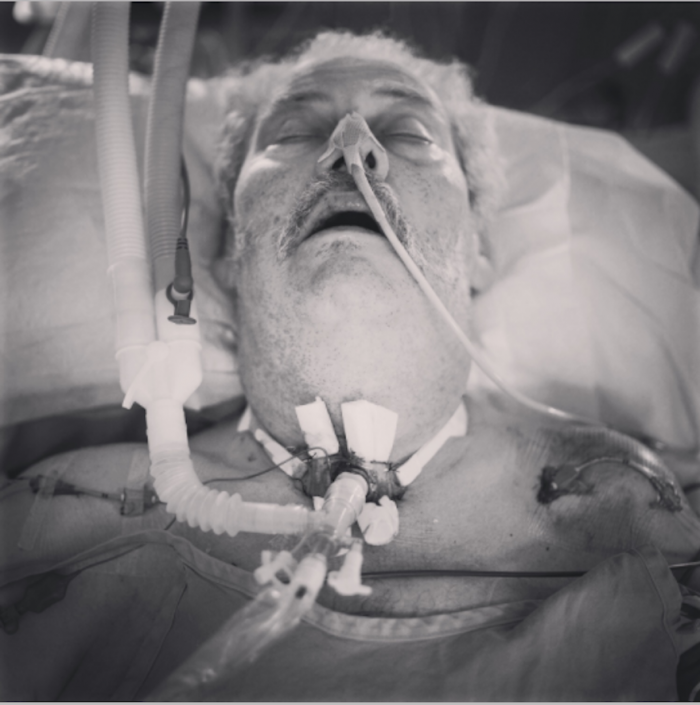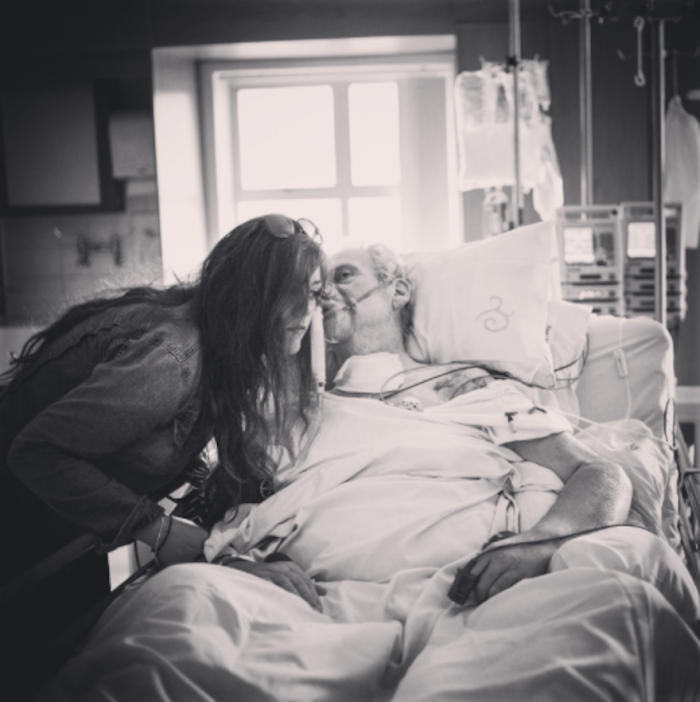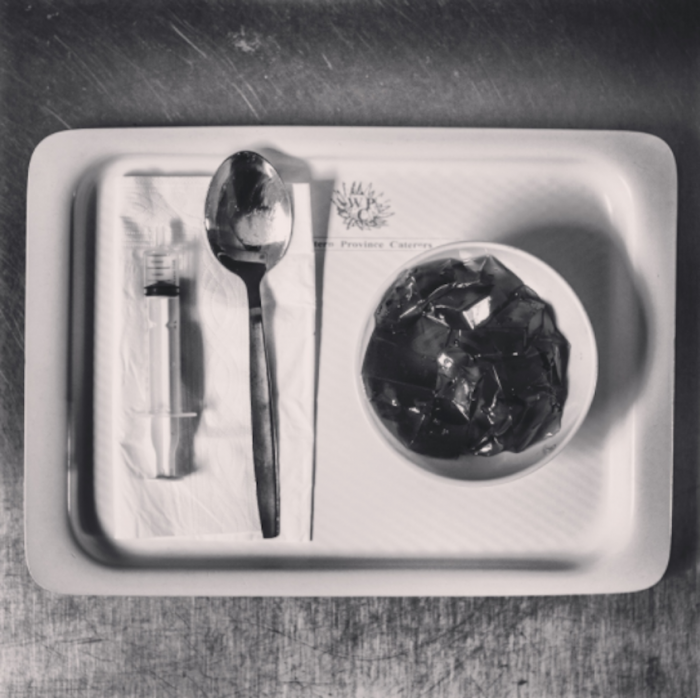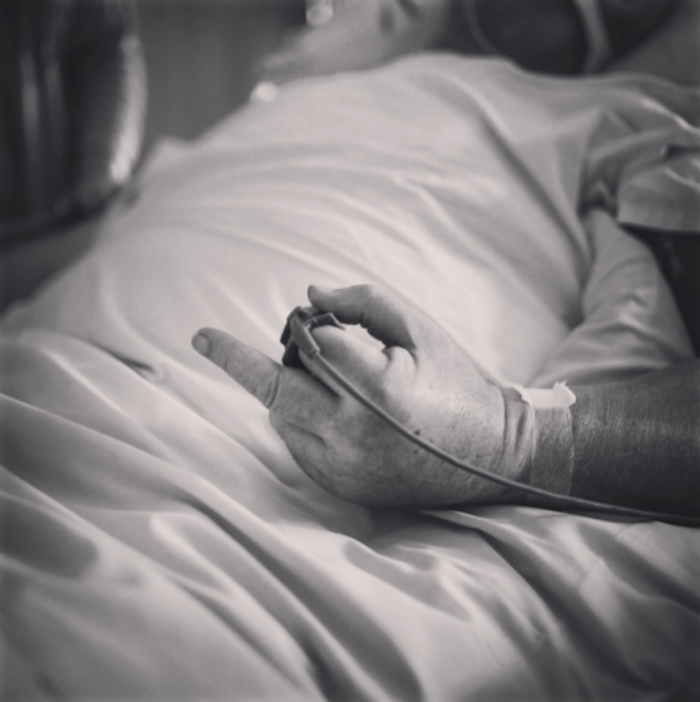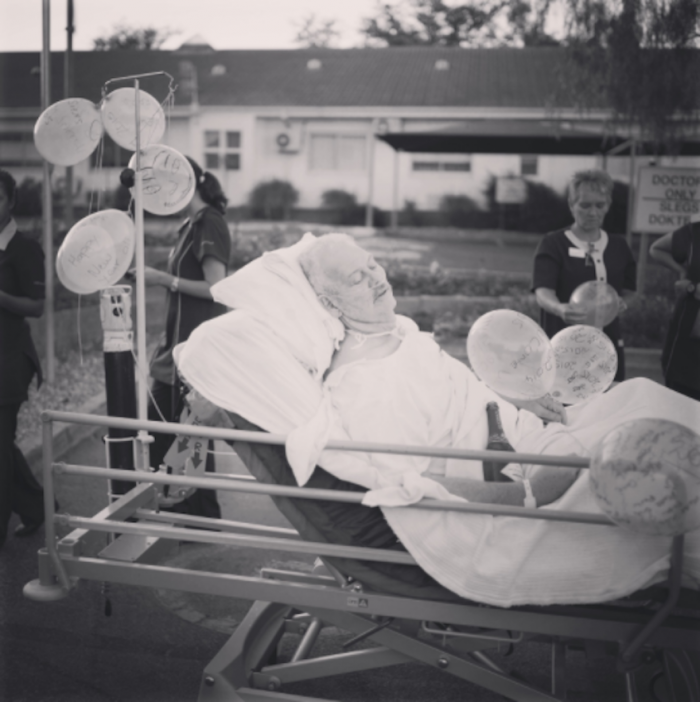In 2014, Canadian photographer Ian Willms’ father was involved in a horrific motorcycle accident in South Africa. Willms did not have a close relationship with his father but he was nonetheless drawn to him. “I went to find him, paralysed and comatose in a hospital,” explains Willms. “I’d visit him three times, daily. We hadn’t been close for much of my life but this accident brought us together.”
Willms began to document his journey with his father, creating a series of thoughtful images that form part of an ongoing project called, We Shall See.
"We Shall See is the name I gave to this series of photographs while my father was still living. I see now that was a reflection of the hope I had that while he would not fully recover physically, perhaps a new relationship would emerge for us,” says Willms. “Then he died.”
Willms says his father’s death was a violent transition. We spoke to him about how the development of their relationship and his unexpected loss informed the series:
You’ve said that the accident brought you and your father closer together. How would you characterise your relationship before the accident?
In a word, tumultuous. There were long periods of my life when he simply wasn’t around. My mother raised me on her own and we struggled a lot. I held onto a lot of anger towards him into my adult life. About three years before his accident we made amends and began to have a much more meaningful relationship. I’m so grateful that we had those years together. After his accident, my instinct was to go directly to him. It was reaction born from an unconditional love that I had never felt toward him before. He and I found ourselves together in the hospital for long periods of time, with nothing to do but talk. We learned a lot about each other during those months.
What inspired you to start documenting this journey?
Because he was incapacitated and confined to an ICU in South Africa, I was his only connection to friends and family overseas. Taking photos began a way for me to communicate what we were going through. It was too painful for me to keep explaining how bad things were. The camera went far to eliminate that process. Not long after I began photographing and posting the images to Instagram, the photos took on a much deeper purpose.
Did your father express any thoughts on the project before his passing?
He wanted me to photograph as much as possible and then publish those images widely. In his own words, “at least something good can come from all this.” There was some collaboration between us as time went on. Sometimes he’d ask me to photograph specific things or in moments when I felt that I was taking away his dignity. He was often the driving force behind the most difficult images. Making these pictures was something we could do together, despite being in a totally shit situation.
How have people responded to the project?
The comments on the Instagram feed never stop coming. People all over the world have written in to tell me that these photos have helped them to deal with their own feelings of grief and/or trauma. It was an unexpected gift to be able to receive such visceral and immediate feedback from the viewers of my photographs. Their healing helped my own process and strengthened my relationship with photography at a time when I was doubting everything.
What kind of equipment did you use?
I usually use a Leica M camera and a 35mm lens, but there are some cell phone shots in this project as well.
What kind of techniques did you employ in editing? What did you wish to convey?
The edit of this work is constantly evolving, just like my own relationship with losing my father. I had an exhibition of this work in May 2015, in Toronto. It was the biggest show I’ve ever put on. Leading up to the installation, my place was covered with test prints on all the walls. I would work in the middle of all this and then take breaks to consider the relationship between each image. Emotionally speaking, it was an incredibly difficult process for me.
When I’m posting to Instagram, I try to consider the sequencing of the photos and how they relate going forward. Relationships of form come into play quite often with monochrome work. The goal is to have a continuous stream that never really breaks the narrative.
What’s next?
I will keep photographing this project for as long as I’m dealing with my grief and trauma. I also have a bunch of old slide film that my dad shot as a young man, so that will show up soon. I’m planning on making a book and will be posting the process on the feed. Stay tuned.

